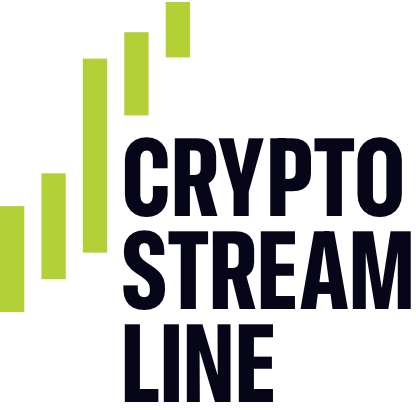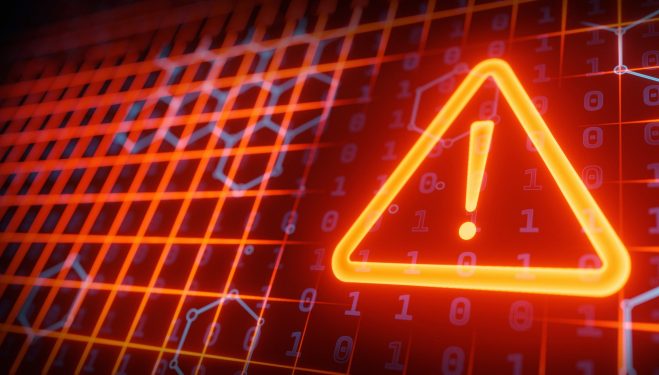This weekend, Politicodropped a bombshell: a person known only as ‘Robert’ shared documents allegedly stolen from the Donald Trump presidential campaign with the news organization. Since then, it has been revealed that The New York Times and The Washington Post have also received some of these stolen documents from the same individual.
The document dump bears the hallmarks of a hack-and-leak operation, which typically involves malicious hackers stealing sensitive information and strategically leaking it with the goal of hurting the target of the hack. The US government has confirmed that the hacking group behind this operation is likely linked to Iran.
A Familiar Scenario
This situation is not new. In 2016, a similar hack-and-leak operation was carried out by Russian hackers during the presidential election. At that time, the leaked documents were used to discredit Hillary Clinton and influence the outcome of the election.
In this latest case, it appears that ‘Robert’ is trying to disrupt the Trump campaign and create uncertainty around its operations. However, unlike in 2016, the early coverage of this hack-and-leak operation has focused on the hacking itself rather than the leaked documents.
Lessons Learned
Experts have praised journalists for handling this story differently than they did in 2016. Politico and Alex Isenstadt deserve credit for turning the focus away from the leaked documents and towards the foreign disinformation attempt.
Thomas Rid, a professor at Johns Hopkins University, noted that "it’s great to see that journalists are taking a step back and looking at the bigger picture." He added that this approach will help prevent the spread of misinformation and ensure that the public is better informed about the hacking operation.
Context Matters
It’s essential for journalists to provide context behind hack-and-leak operations, regardless of whether they are launched by governments trying to undermine elections or hacktivists with good intentions. This context will enable readers to understand the motivations behind the leak and assess its significance.
When asked how ‘Robert’ obtained the documents, he reportedly said: "I suggest you don’t be curious about where I got them from. Any answer to this question will compromise me and also legally restricts you from publishing them."
Journalists Have Learned the Lessons
It appears that journalists have learned from past experiences and are taking a more nuanced approach to covering hack-and-leak operations. This is reflected in the coverage of the Trump campaign hack, which has focused on the hacking itself rather than the leaked documents.
As my former colleague Joseph Cox wrote, there have been many cases where hackers have leaked information that was in the public interest. The data in those hacks and leaks deserved to be covered and reported on.
Conclusion
The hack-and-leak operation against the Trump campaign is a familiar scenario that has unfolded before. However, this time, journalists are taking a more informed approach to coverage, focusing on the hacking itself rather than the leaked documents.
By providing context and understanding the motivations behind the leak, journalists can help prevent the spread of misinformation and ensure that the public is better informed about these operations.
Related Topics
- Cybersecurity: The use of technology to protect networks, systems, and data from unauthorized access or attacks.
- Donald Trump: The 45th President of the United States, who has been a target of several hacking operations.
- Hack and Leak: A type of cyberattack where sensitive information is stolen and released publicly to disrupt an organization or individual.
- Iran: A country that has been linked to several hacking operations in recent years.
Stay Up-to-Date with the Latest News
Follow TechCrunch for the latest news on cybersecurity, politics, and technology.




